Learning to fly fish through trial and error...
By Laryssa Rote
“Ten and two,” I muttered to myself, whipping the fly rod back and forth. Unlike all those Youtubers though, my line would hit the water with a resounding plop. Not at all like a bug hitting the water.
The 10 and 2 motto reverberated through every video and every beginner’s blog post and yet I had no idea why something so simple was throwing me for such a loop. My mind takes things too literally, and watching my elbow go back and forth, imagining it being the center of clock while I pointed my pole at 10 and 2 again and again, was making me dizzy and discouraged.
I spent many days along the Blackfoot River this past summer trying to teach myself how to fly fish. In the beginning, it was more than frustrating. I did not understand how to cast so that my flies appeared realistic, or how to get them to float lazily down a riffle. Snagging my line, setting the hook too soon, and falling into the water were all minor annoyances compared to this conundrum of how to cast a fly rod.
My fly fishing veteran of a friend was watching my struggle on a particularly discouraging day, wincing with every whip-like sound of the line and the heaviness of a fly smacking the surface. “Why don’t you watch your fly on the backcast?” he asked, none-too-gently.
“Why do I need to? I’m moving from ten and two,” I answered through gritted teeth. Unsaid: I’m doing what I’m supposed to do and this isn’t working! Every single beginner guide is a liar!
“You’re scaring the fish with all that nonsense. You might as well be hitting the water with a stick,” he said. Begrudgingly, I halted my abuse of the water and watched him mimic what he wanted me to do. On the backcast, he watched his fly until the moment it would hit the end of the line before bringing it back around and setting it down on the current with the perfect amount of force.
“You gotta pause on that backcast to make sure you’re getting your fly to the very end of that tippet.”
He said some other old-timer jargon that I didn’t really understand, but I finally had something more concrete than clockwork numbers to focus on. It was hard undoing what I had been practicing for weeks. Watching the fly and not the water felt like I was doing something wrong at first. Gradually, though, I could feel the tug on the backcast that meant I had reached the end of the line and could aim my fly into the spot I wanted.
By the end of that day, I had caught 3 trout, my presentation leagues better than it had been.
“Ten and two” was no longer a mantra in my brain. It had been replaced by a motion that started to build muscle memory. I found that pausing on that backcast gave me more control over how hard my fly landed and where it landed. I wasn’t sure if it was due to having an extra second to focus on where I wanted it to go or if it was some other voodoo magic I had yet to name. Regardless, it wasn’t long before I was catching at least one fish on each outing and could immediately ascertain when my presentation was too heavy or if I hadn’t waited long enough on my backcast. It’s important to impress that I don’t think 10 and 2 is a useless figure. There’s a reason why it’s a staple in beginning posts and videos. It just wasn’t the way I needed to be taught and actually made my learning process harder than it needed to be.
This tiny lesson ignited the fire to become better with a fly rod. Most of fly fishing is built from learning. Or, as I like to see it, from failing. It rewards the fisherwoman for changing strategies if something isn’t working. If you’re failing… Well, try something else. The fish and the water are ever changing, and being flexible adds more tools to your toolbox.
I was close to giving up initially. If I couldn’t cast, how was I going to be able to fish? Instead, I ended up dedicating my summer to this new, never-boring hobby and witnessed things such as: a family of mink joining me for an afternoon; an otter who scared the bejeezus out of me when I thought it was just a log floating on by; and running into a mountain lion on the North Fork in broad daylight. Experiences I’m going to remember forever.
Pursuing a new hobby can be daunting, but fly fishing lends itself well to the concept of having fun and experimenting. I’ve failed my way through an infinite number of lessons over the summer—learning different flies and dropper setups, learning how to use a streamer rod, fly fishing lakes and skinny streams. None of it discouraged me. If anything, it fueled the fire knowing that the only way to actually fail was to stop trying.
Winter with the fly rod is going to be a whole new beast for me to fail my way through, and I can’t wait.
We hope you enjoyed this story from the Montana Casting Co. community. If you have a story of your own you’d like to share, give us a shout!

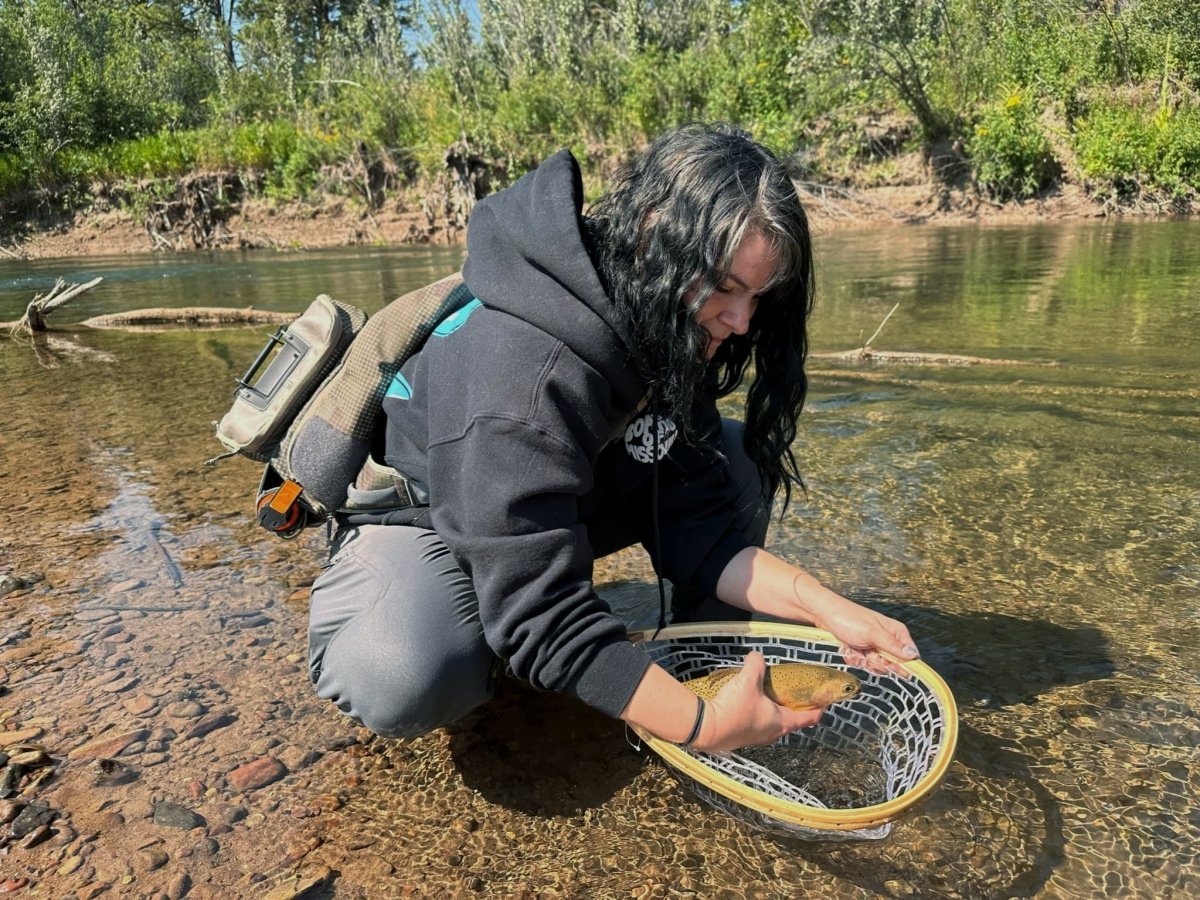
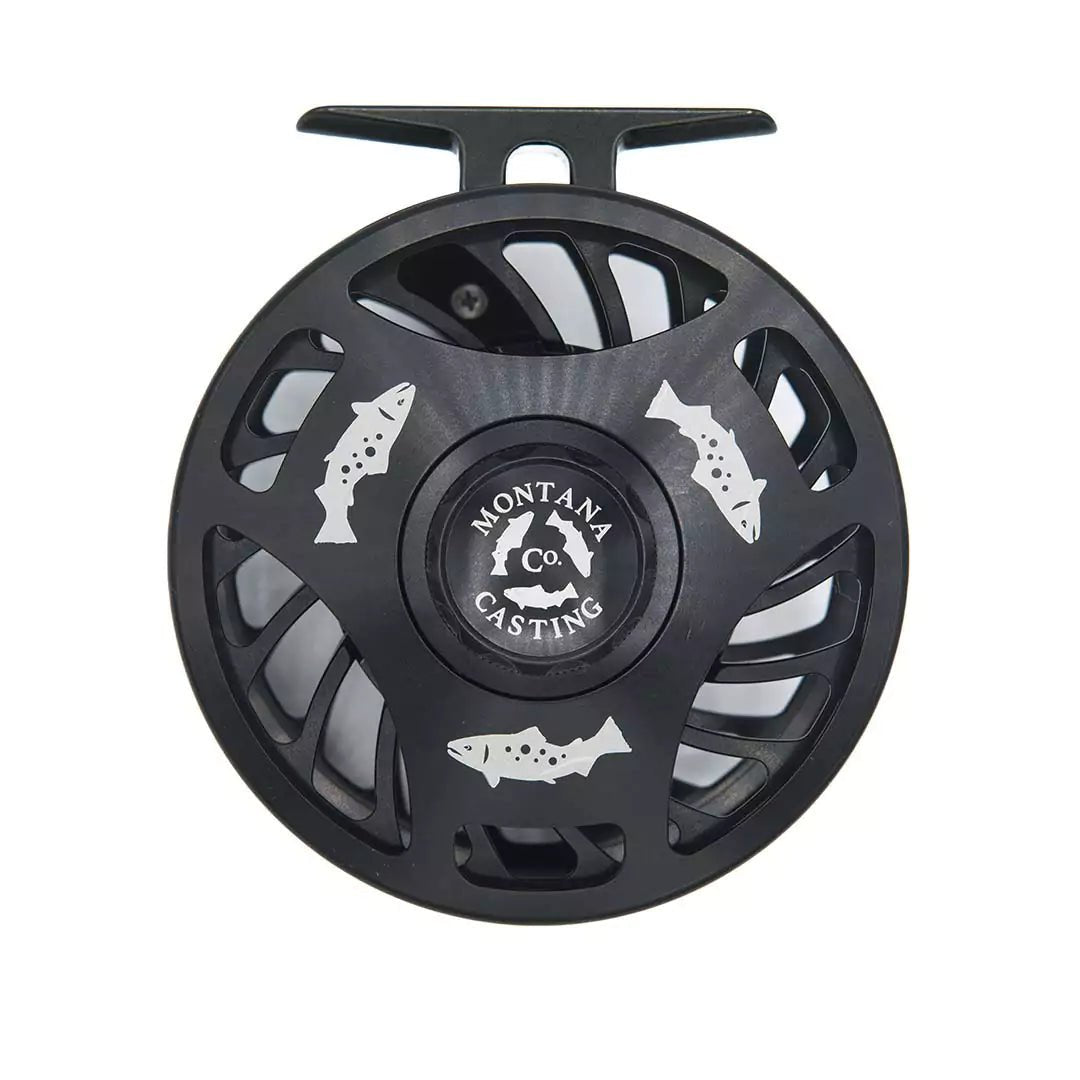
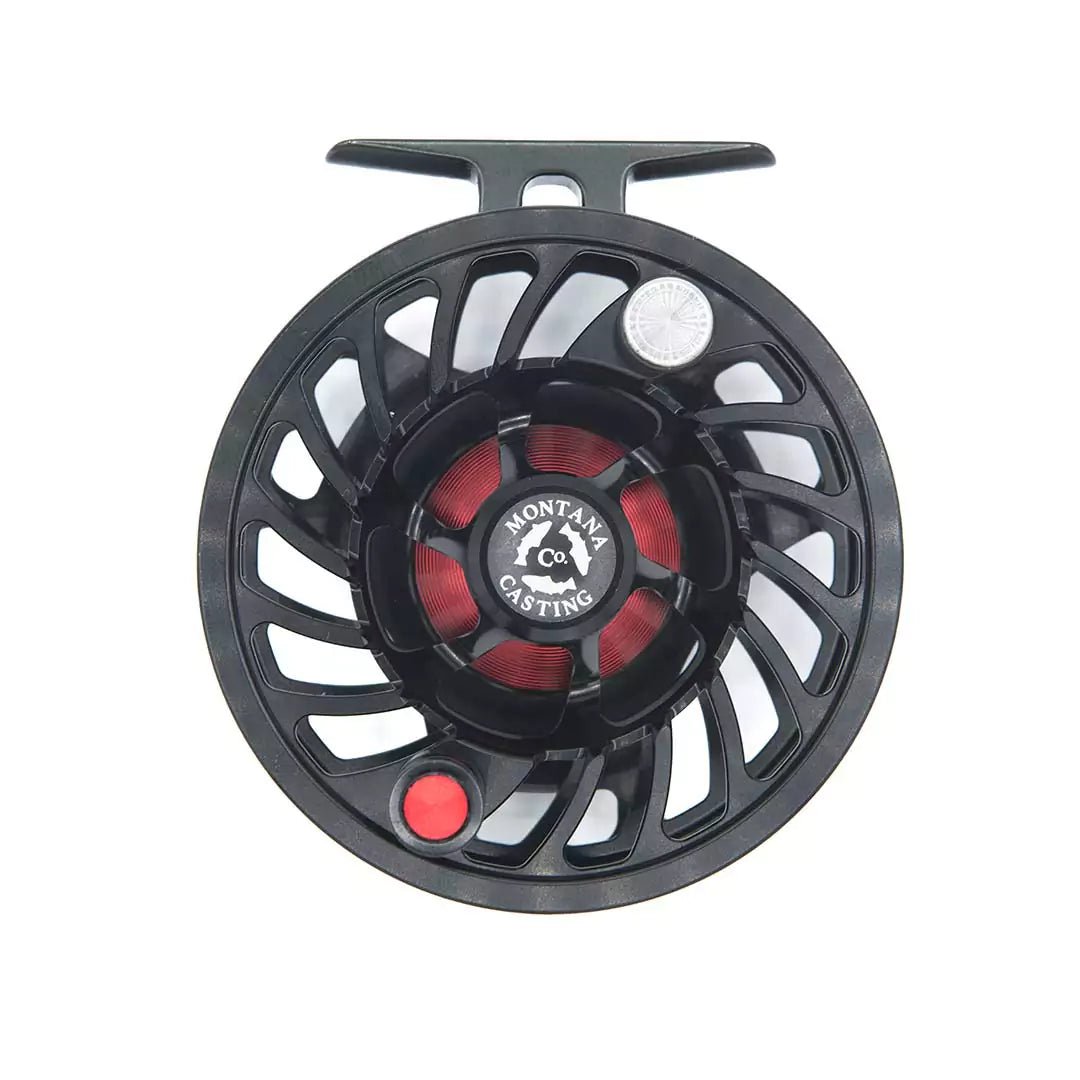
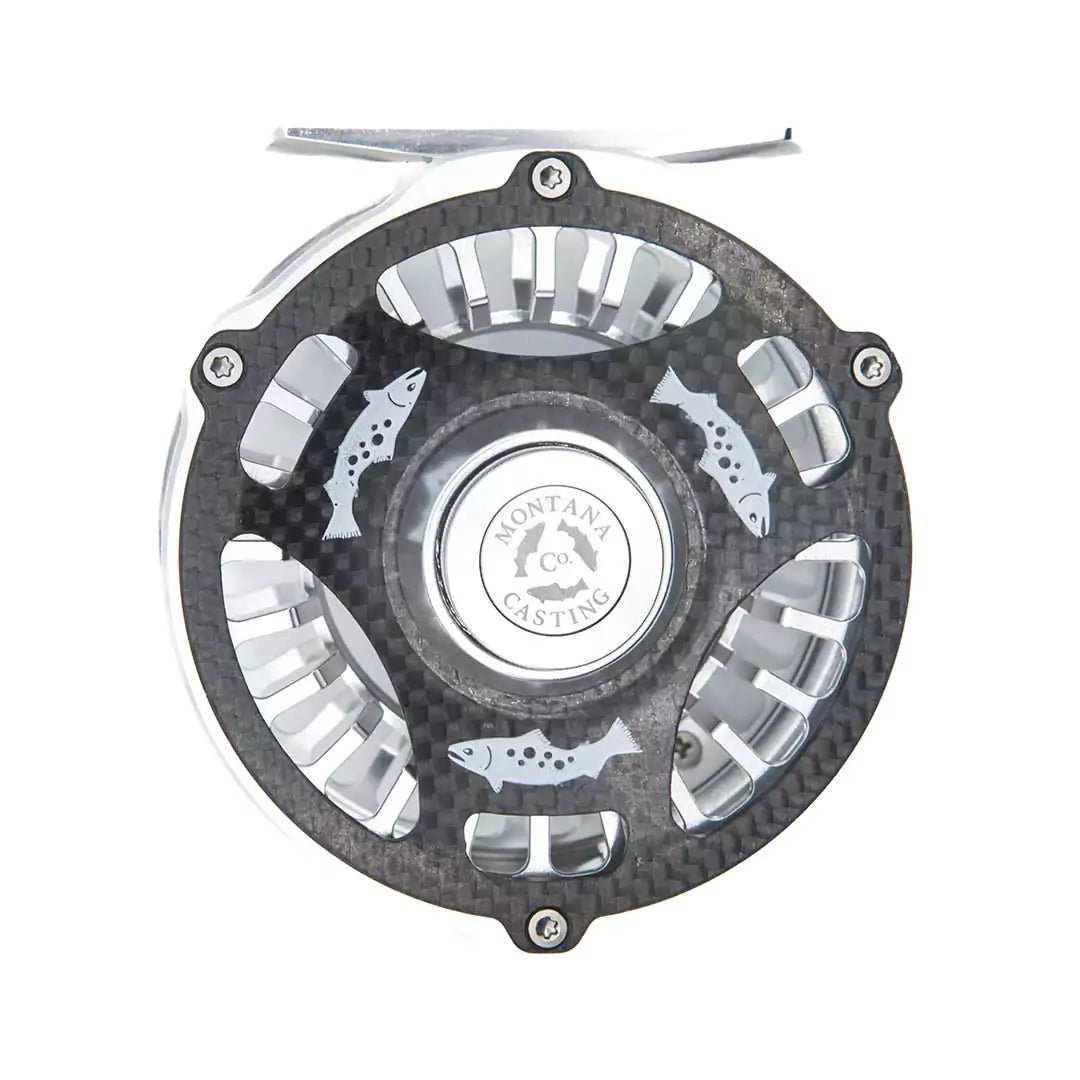

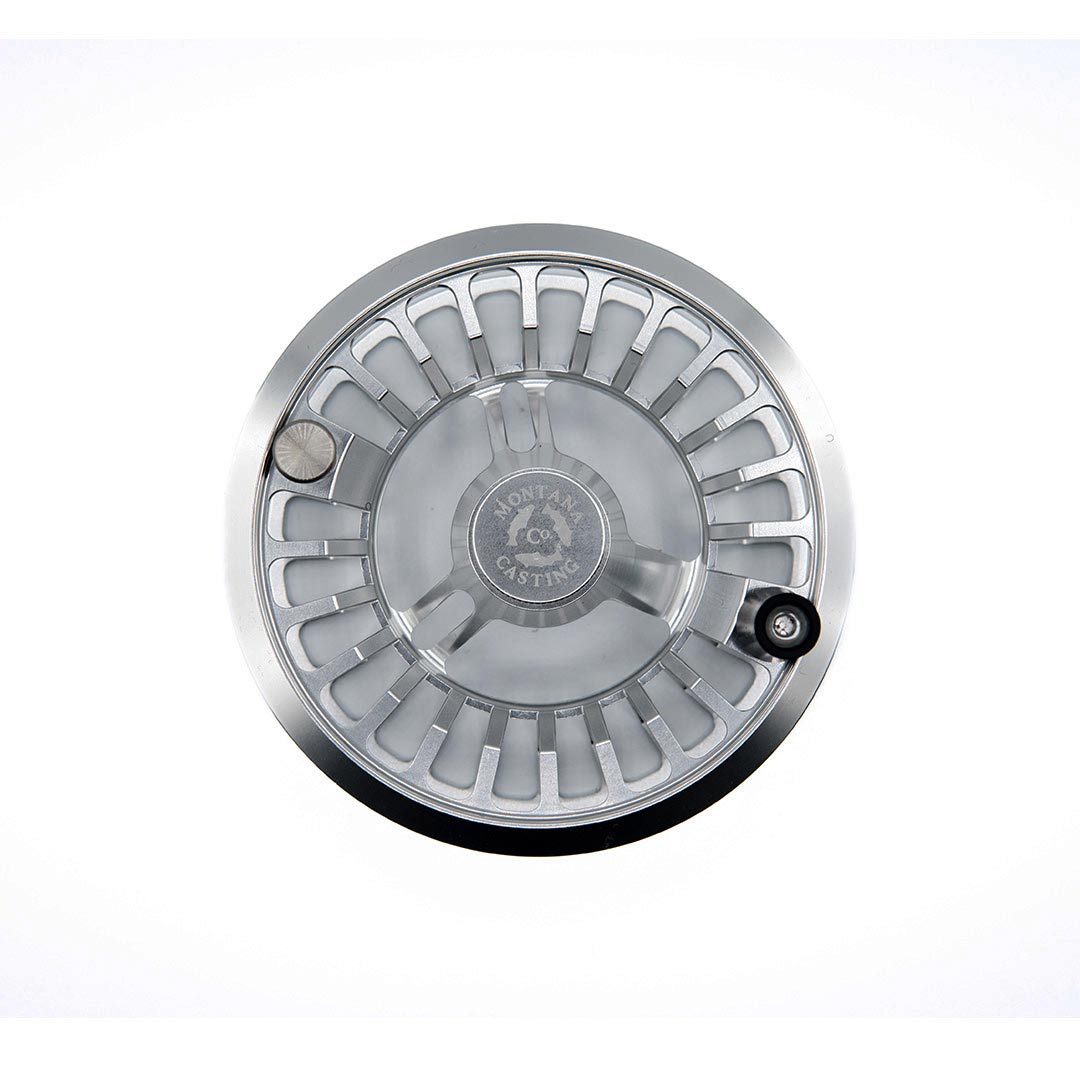
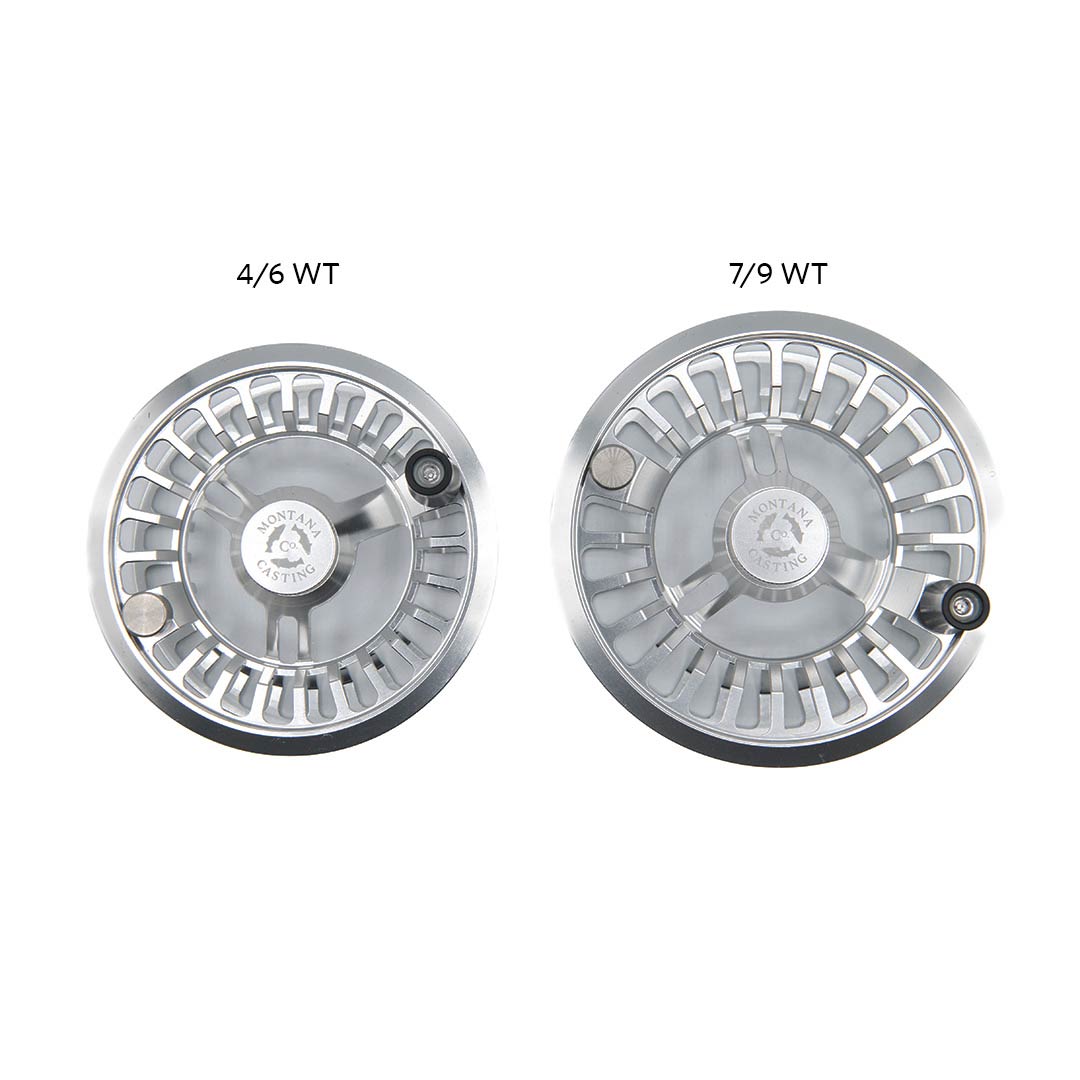
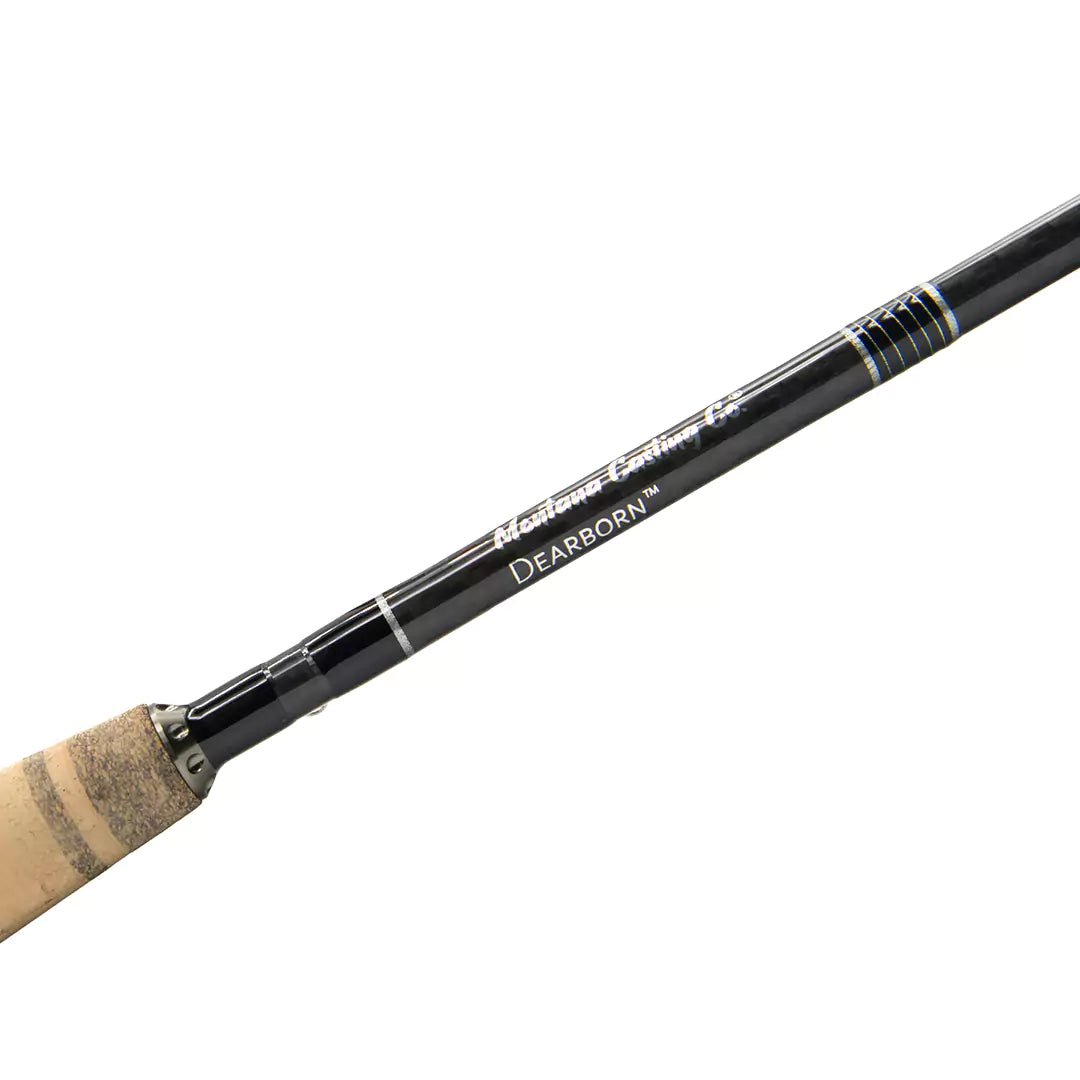
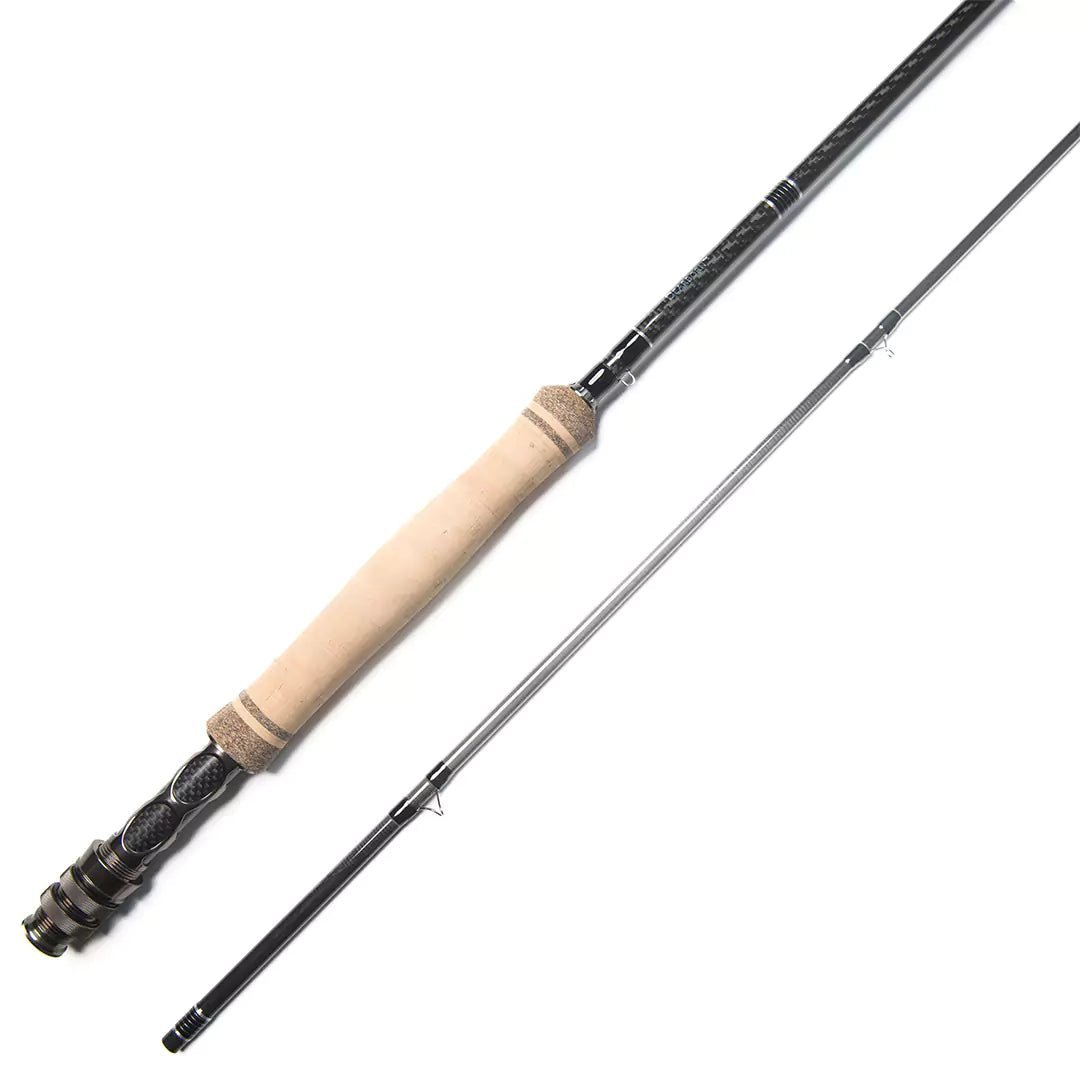
3 comments
Hello! As others have said, great story. As a guide and instructor, I have found that new fishers often over- cast- they heard 10 and 2, but go 9 to 3. A couple of things that I use to get them casting correctly:
1. Stand sideways to the pond/water and watch the tip of the rod and line. You will hit the water! Watch the line unfurl, wait!
2. Cast 11 to 1 with your tip.
3. Once at 1, count “1” then come forward ( usually works for amount of line)
4. As you get better, add only 3 feet of line at a time. You do need to increase your “aggressiveness with the back cast” as you are moving more line- speed helps defy gravity on the back cast.
5. You will get to “critical length” as a newer fisher. You will have it, then lose it. Shorten up line, start over. It is a constant learning curve, and you need to practice, but never on concrete or sand/gravel. You can practice on grass so it does nto chew up your line.
This is a great story! I love stories like this and like the one about the women’s fly fishing clinic because I think most of us who learned how to fly fish as adults encounter a lot of the same problems, and still struggle with things like casting technique, letting too much line out, slapping the water with the fly, and the list goes on.
I remember attending a women’s clinic quite some years after I had first learned. At that point in time, I was still slapping the water fairly frequently. One of the guides leading the clinic had an example that works well for people who remember the times of having one phone line in the house, answering the phone, and finding out the call is for the other person in the house. Think about the motion of your arm and hand when you go through the process: “Hello? It’s for you.” As you answer the phone, you are bending your arm for the back cast. There is a pause while the person on the other end asks to speak to the person standing in front of you (pausing on the back cast). Then as you say, “It’s for you,” bringing your arm forward in more of a linear motion than an arc (you don’t move the phone in an arc when you hand it to someone; you extend your arm straight out and as you put it in the other person’s hand, you can think of that as the point you make a slight flick of the wrist).
This story brought back a lot of the things I used to struggle with, and have gotten better at, as well as the things I still need to work on… and that wonderful feeling of when it all “clicks.” It also drives home the point of not “over thinking things.” That’s a great reminder for me, and most likely others! Well written and entertaining.
Wonderfully written story. Great read, thanks for sharing!!